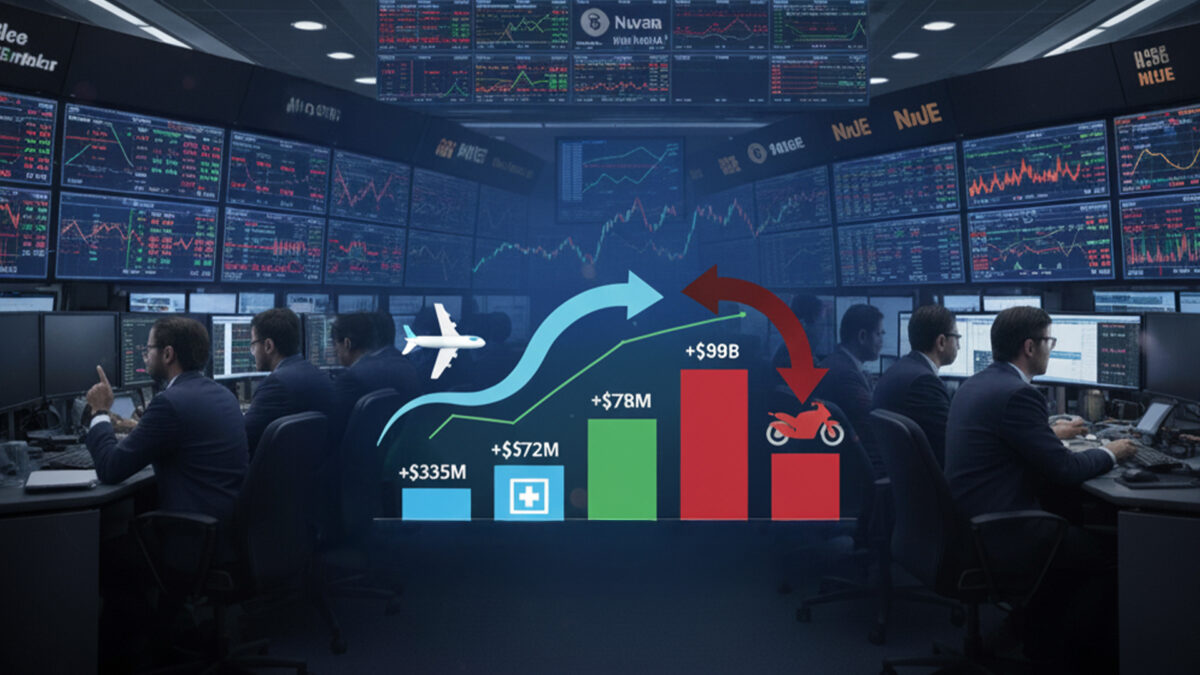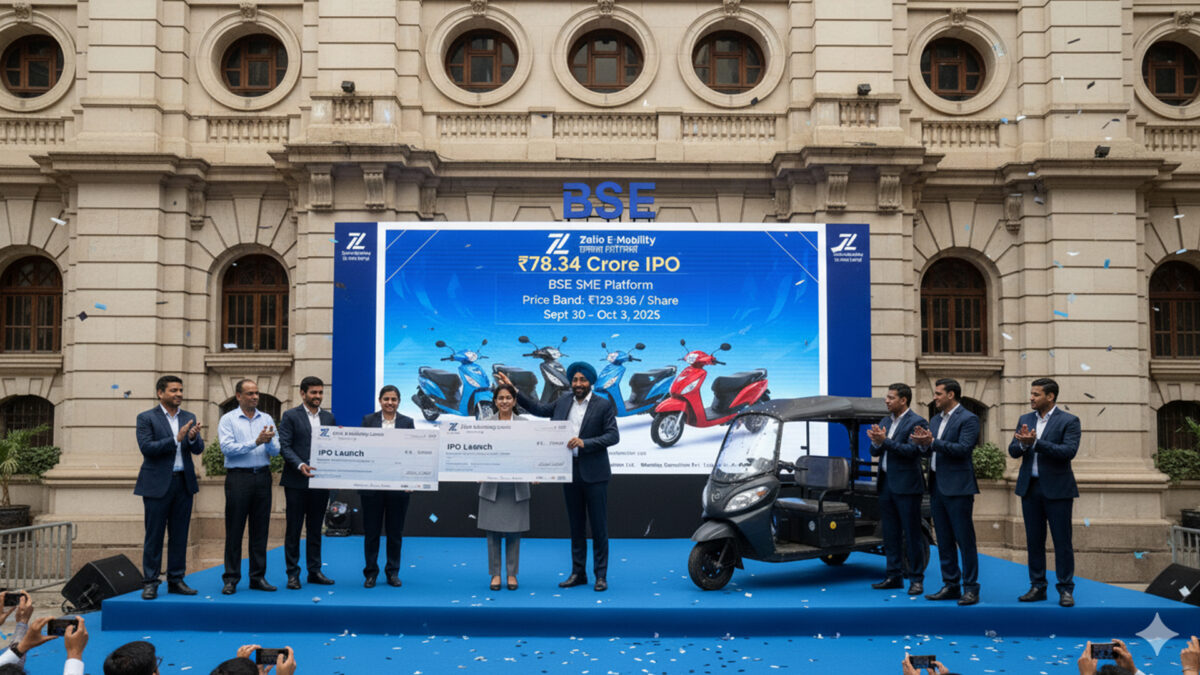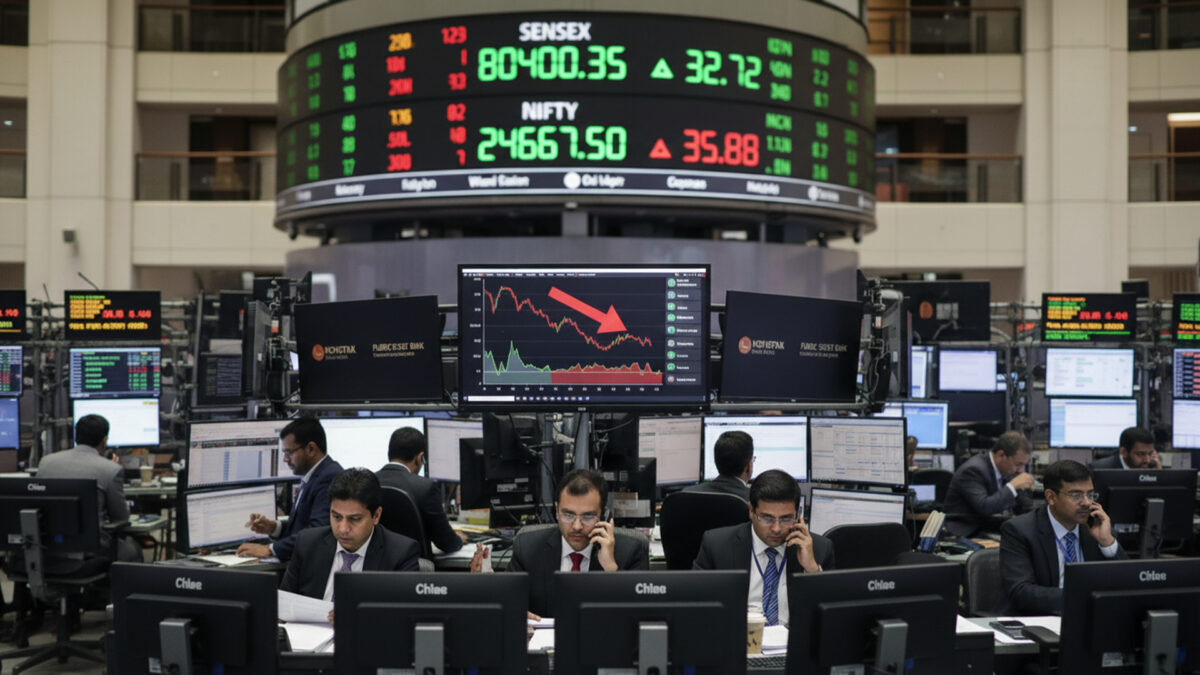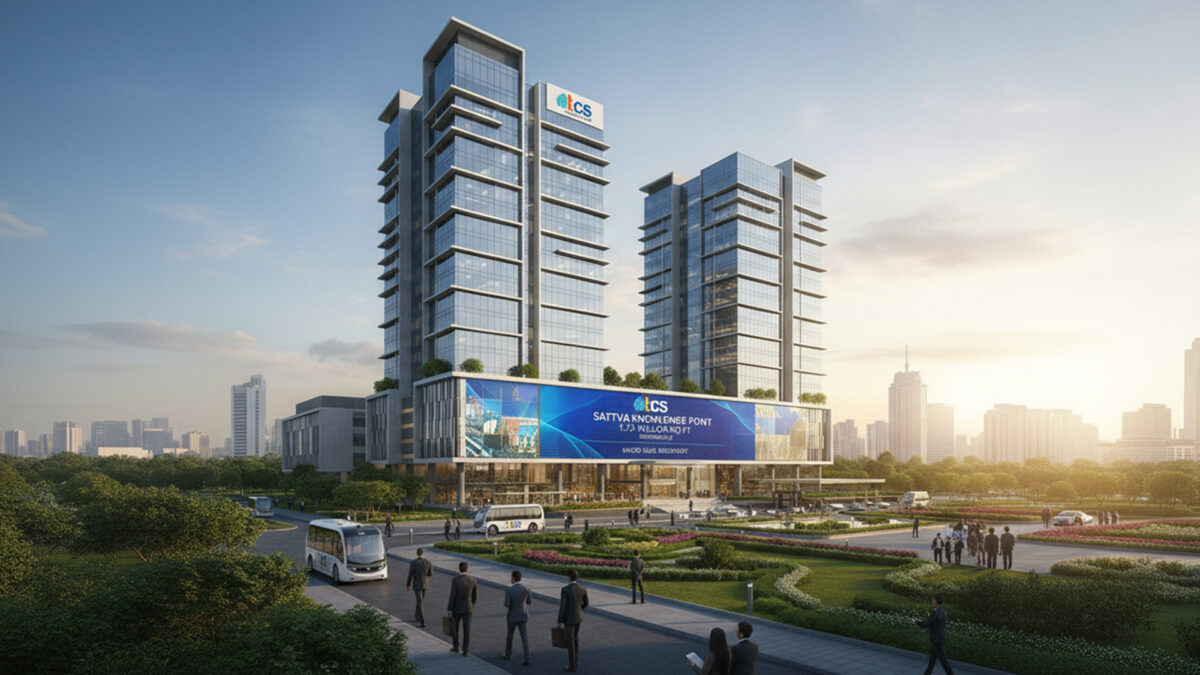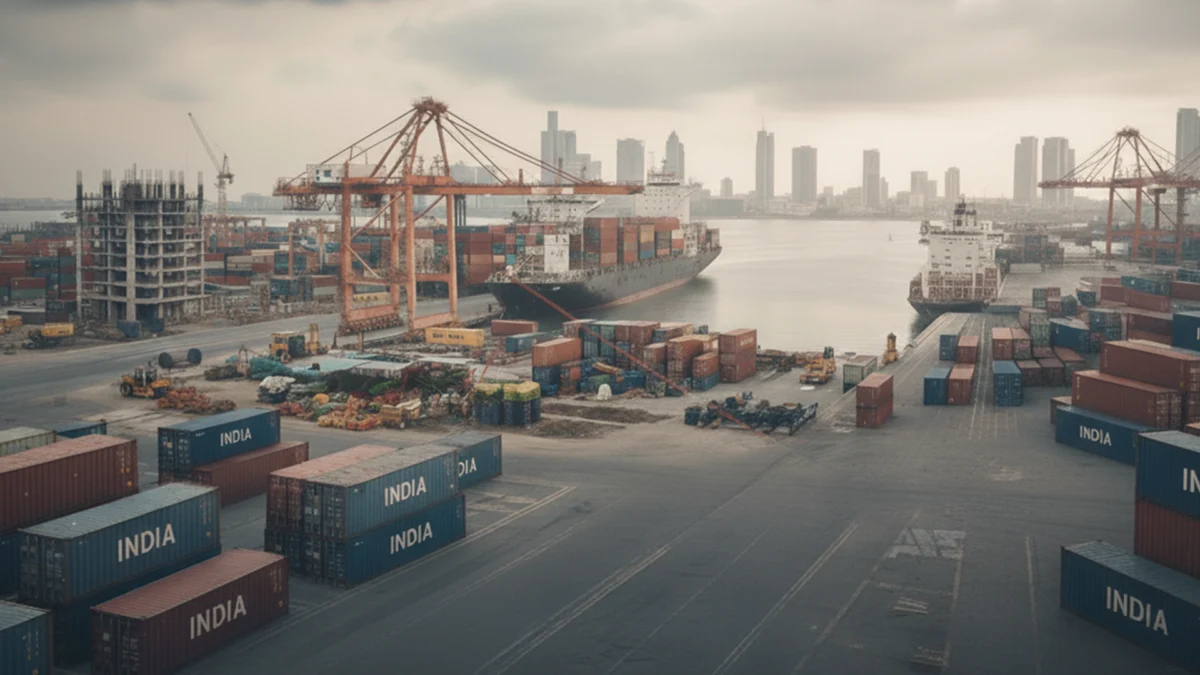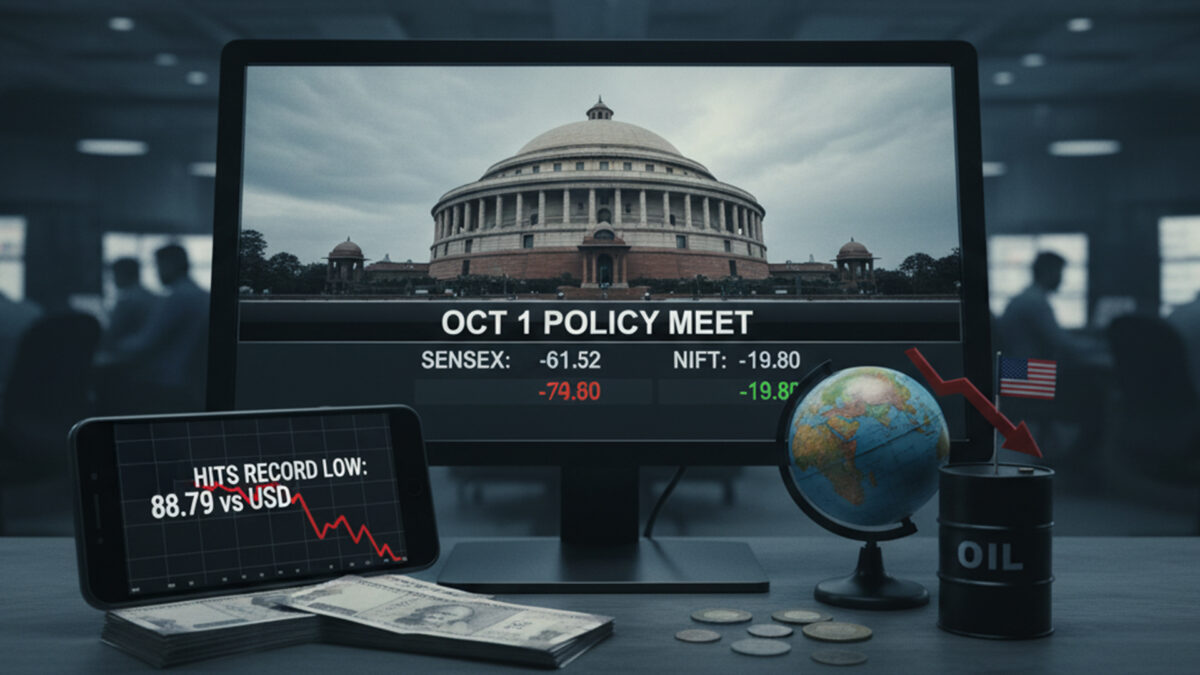The Asian Development Bank (ADB) has revised down India’s economic growth forecast for the fiscal year 2025-26, citing rising tariffs and a more uncertain global trade environment as major headwinds.
In its September 2025 Asian Development Outlook (ADO) report, the Manila-based lender projected India’s GDP growth at 6.5 percent for FY26, lower than the 6.7 percent it had forecast in April.
The bank also trimmed its outlook for FY27 to 6.5 percent from 6.8 percent, noting that tariffs and tighter global conditions are likely to weigh more heavily in the medium term.
The downgrade comes despite a strong start to the fiscal year, with India recording a 7.8 percent GDP growth in Q1FY26, the fastest pace in five quarters.
ADB pointed out that domestic consumption and recent rationalisation of the goods and services tax (GST) are likely to support growth in the near term. However, it warned that additional U.S. tariffs on Indian exports could dampen growth, particularly in the second half of FY26 and in FY27.
“India faces the steepest tariff hikes among developing Asian economies, prompting a downgrade in its growth outlook. For FY2025, growth is now projected at 6.5 percent, down from 6.7 percent in April,” the ADB report stated.
The report highlighted that these tariff measures, implemented by the U.S. starting in August, are expected to reduce export growth, impacting industries heavily reliant on overseas demand.
While growth prospects have been tempered, the report contained positive news on inflation. ADB revised its FY26 forecast for consumer price inflation to 3.1 percent, sharply lower than the 4.2 percent projected earlier, largely reflecting lower food prices. For FY27, the bank raised the inflation estimate to 4.2 percent, anticipating normalisation of food costs.
Consumption is expected to remain a key driver of India’s economy, supported by robust rural demand and higher household spending following GST cuts.
However, the ADB cautioned that investment activity is likely to remain muted due to fiscal constraints and policy uncertainties. Tax revenue growth may be lower than initially projected because the GST reductions were not incorporated in the original budget, while public spending is assumed to continue at current levels, which could push up the fiscal deficit.
Nonetheless, the deficit is still expected to remain below the 4.7 percent of GDP recorded in FY25.
The report stressed that while domestic demand is providing near-term support, the combination of external shocks, higher tariffs, and global uncertainty could weigh on India’s medium-term growth trajectory. The bank highlighted that India’s economic resilience will depend on continued macroeconomic prudence, effective fiscal management, and policies that support investment and competitiveness.
On a regional level, the ADB also revised down its growth forecasts for developing Asia, including Southeast Asia and the Pacific. Developing Asia is now expected to grow by 4.5 percent in 2026, down from the 4.7 percent projected in April, with the subregion of Southeast Asia facing the steepest downgrades due to weaker external demand and elevated trade uncertainty. Growth in the subregion is projected at 4.3 percent for 2025 and 2026, down 0.4 percentage points from April forecasts.
China’s growth forecasts remained largely unchanged, with the People’s Republic of China expected to expand by 4.7 percent this year and 4.3 percent next year. The report noted that policy support is expected to cushion the impact of higher tariffs and the continued weakness in the property market. I
n contrast, growth forecasts for the Caucasus and Central Asia were slightly upgraded to 5.5 percent this year but trimmed for next year to 4.9 percent, reflecting lower oil and gas production in some countries. Economies in the Pacific are projected to grow 4.1 percent this year amid stronger mining output, but the outlook for next year was lowered to 3.4 percent due to weaker resource output and reduced commodity exports.
The ADB report also highlighted the main risks to the region’s growth, including ongoing uncertainty over U.S. trade policies, potential sectoral tariffs on semiconductors and pharmaceuticals, unresolved U.S.-China trade negotiations, geopolitical tensions, a possible further slowdown in China’s property sector, and potential financial market volatility.
ADB Chief Economist Albert Park noted that while developing Asia has remained resilient due to strong exports and robust domestic demand, the worsening external environment is affecting growth prospects. “US tariffs have settled at historically high rates, and global trade uncertainty remains at elevated levels,” Park said. “Amid the new global trade environment, it is crucial for governments to continue promoting sound macroeconomic management, openness, and further regional integration.”
The Asian Development Bank, established in 1966 and owned by 69 members, including 50 from the region, supports inclusive, resilient, and sustainable growth across Asia and the Pacific.
Working with its members and partners, ADB uses innovative financial tools and strategic partnerships to address complex challenges, build infrastructure, and promote sustainable development across the region.
In conclusion, while India’s domestic demand remains strong, the ADB report underscores that elevated global tariffs, particularly from the U.S., and broader international uncertainties are weighing on the country’s growth outlook.
Policy measures to sustain investment, maintain fiscal prudence, and mitigate external risks will be key to ensuring stable economic expansion in the medium term.
Also Read: Air India Raises $215 Million for Debt Refinance
